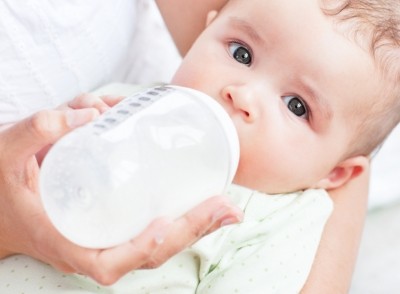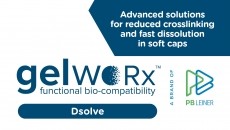Nutrient nationalism: Belgium latest to set its own maximum levels

The draft decree published through the European Commission’s notification procedure sees Belgium become the latest member to set its own safe upper limits for nutrients added to food after member states and stakeholders failed to agree on harmonised levels.
The portion limits include 450 mg for magnesium, far above the tolerable upper level (UL) of 250 mg per day set by the European Food Safety Authority (EFSA).
Meanwhile, Belgium’s 75 microgrammes (µg ) per portion for vitamin D was below the 100 µg per day set by EFSA.
The upper limits
Belgium set the following maximum levels for certain vitamins, minerals and trace minerals per portion as recommended for daily consumption on the labelling or per quantity of the foodstuff equivalent to an average daily intake:
Idea on hold
Pan-EU levels were meant to be finalised way back in 2009 following the introduction of the 2006 nutrition and health claims regulation (NHCR). Yet agreement on strictness of safe levels proved too difficult.
Commenting on the standstill last year, the Commission told us: “We have consulted extensively with member states and interested stakeholders on the issue, and many divergent opinions have been expressed.
“The initiative was put on hold because of other priorities, and no decision has yet been taken as to when the initiative will be re-launched.”
It said it did envisage harmonised pan-EU maximum limits some time in the future, but in the meantime individual countries could set their own national rules.
You can go your own way
A few EU countries have already done just that.
Last year France published its own decree on nutrients including caffeine, carnitine and creatine. In this case, some of the levels differed wildly from levels advocated by EFSA.
European Economic Area (EEA)-member Norway has also taken matters into its own hands by setting its own maximums for nutrients including folic acid and beta-carotene.
Same means, different ends
Dr Luca Bucchini, managing director of Rome-based consultancy firm Hylobates Consulting, said the problem was that the same science was being
interpreted in different ways.
“When you have committees which don't look transparently at the science explaining why they have to deviate from EFSA, then you have this situation,” he said.
“The recent reluctance of the European Commission to defend mutual recognition in this area means that convergence is not happening, and member states are emboldened to set levels with less concern with science and EU law.”
So what does this mean for firms doing pan-EU business?
Bucchini said in theory maximum values should converge by the EU’s principle of mutual recognition, which holds that any product lawfully sold in one EU country can be sold in another even if that product does not fully comply with the rules of the other country.
He said unless member states produce their own risk assessments, they should use the upper tolerable levels already set by EFSA and its predecessor the Scientific Committee on Food (SCF).
“If you move far from this paradigm, the European Commission, or businesses through the courts, should be after you quickly, because you have probably strayed from science or from EU law.”
Yet a recent case in Sweden revealed the shaky legal ground of EFSA’s upper limits, which have not been mandated into law.
“Non-compliance cannot be found because in Swedish and European Union law because no statutory legislation exists for upper limits for vitamins and minerals. It is the producer who is responsible for ensuring that its products are safe for the consumer,” the court said in response to a case brought against a manufacturer selling vitamin B6 products containing up to three times the limit set by EFSA.

















